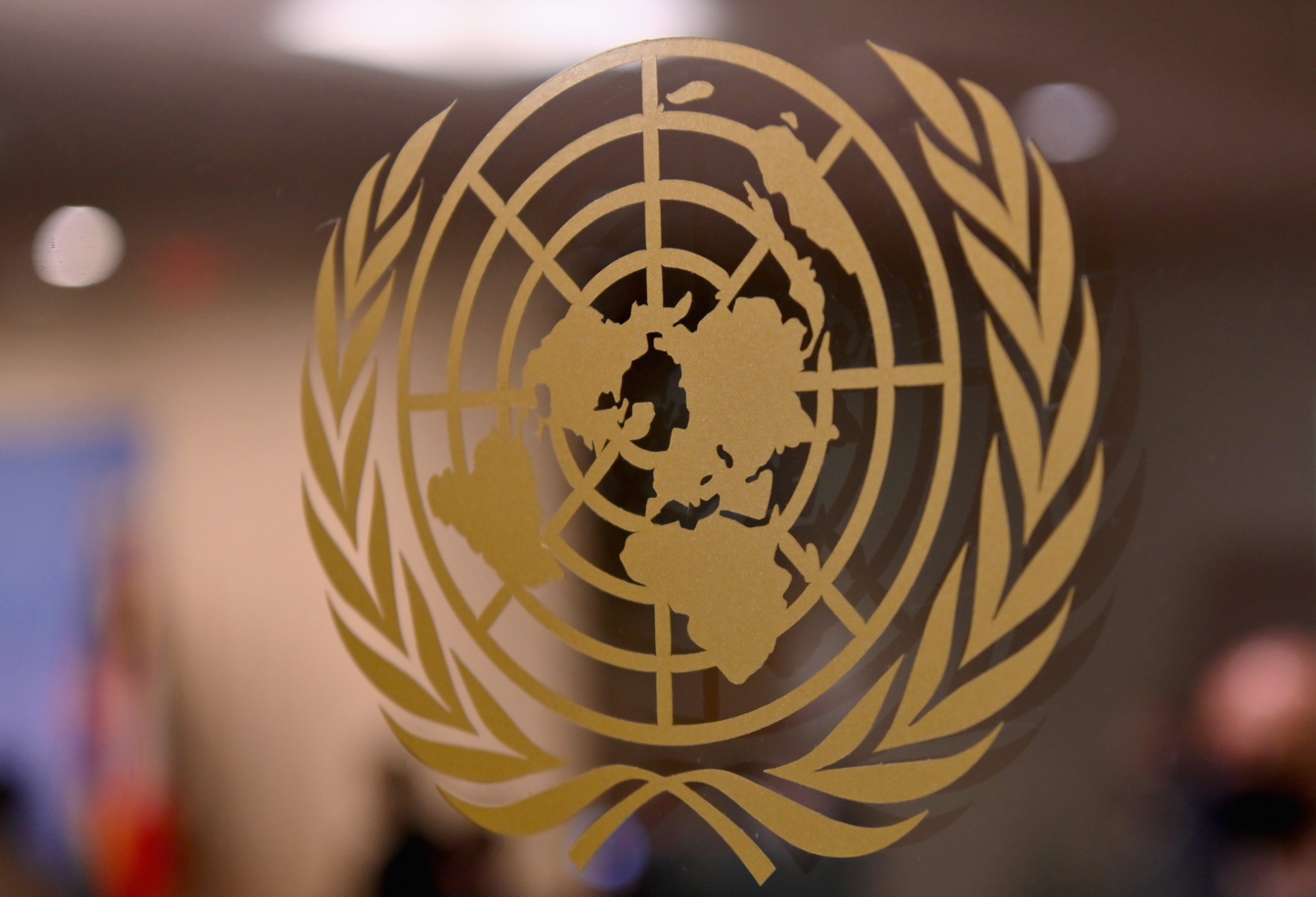Geneva, Switzerland – United Nations Conference on Trade and Development (UNCTAD) said the COVID-19 pandemic, Ukraine crisis and the climate crises are having a devastating effect on progress towards the SDGs.
The UNCTAD released the fifth edition of its annual SDG Pulse, a global reference for tracking progress towards achieving the Sustainable Development Goals (SDGs) by 2030.
The data and analysis cover a wide range of SDG indicators and others relevant to trade, investment, financing for development, debt, transport and technology.
This year, the report’s “In-Focus” section looks into the costs of achieving the SDGs to identify where financing is most needed and to help better target efforts.
An online version allows people to interact with the statistics, charts and graphs.
“We’ve reached the halfway mark of the 2030 Agenda, and multiple global crises are battering our economies, societies and the planet,” said Anu Peltola, who leads UNCTAD’s statistics work.
“It’s more important than ever for policymakers to have timely and reliable data and analysis to guide their decisions.”
About one in three countries worldwide faces a high risk of a fiscal crisis, with developing countries bearing the heaviest debt burden.
The total external debt for these nations was 15 percent higher in 2022 than in 2019, before the pandemic hit. During the past decade, their external debt stocks have more than doubled to an alarming $11.4 trillion.
Mounting public debt poses a significant obstacle to development and achieving the SDGs because it undermines governments’ ability to invest in basic services, such as health care and education.
Between 2017 and 2021, the funding available per person in a food crisis fell by 30 percent.
Despite the world’s surplus of calories, seven in 10 economies import more food than they export.
The Middle East and Africa are home to many net-importing nations – many of which are classified as least developed countries (LDCs).
Cereals, which have been in the spotlight due to the crisis in Ukraine, play a crucial role in the global supply of food, accounting for 45 percent of the calories available to the world’s population.
In 2021, greenhouse gas emissions again hit record levels, with carbon dioxide concentrations reaching their highest levels.
Despite the urgent need for a 45 percent reduction by 2030, emissions increased by 4.2 percent in 2021 and continue to climb.
Additionally, high energy prices in 2022 have heightened vulnerabilities, with fuel prices peaking at nearly three times pre-pandemic levels in August 2022 and natural gas prices increasing ninefold.
LDCs and small island developing states (SIDS) face disproportionate risks from climate-related disasters, with a projected 40 percent increase in such events globally from 2015 to 2030, according to the UN Office for Disaster Risk Reduction (UNDRR).
On a positive note, global electric car sales leaped 55 percent in 2022, reaching 10 million units sold.

